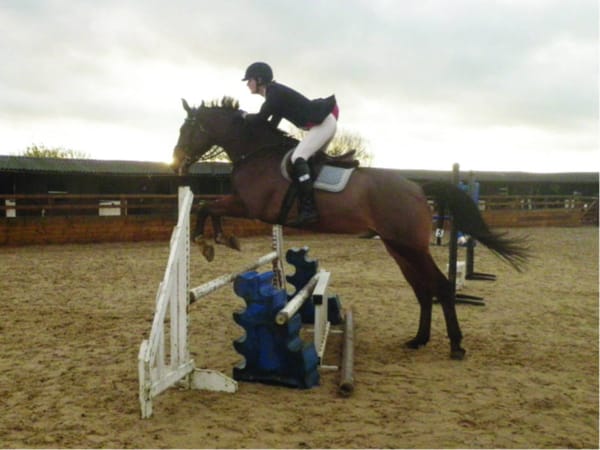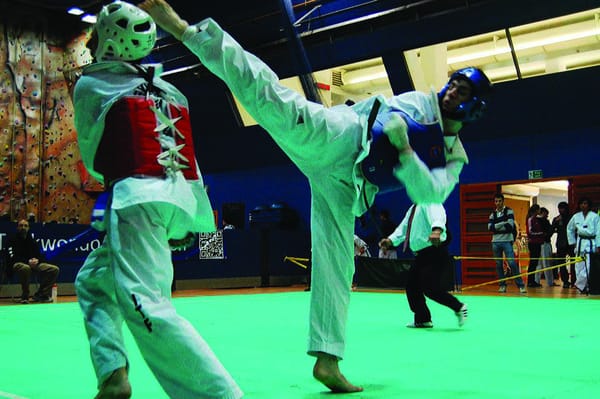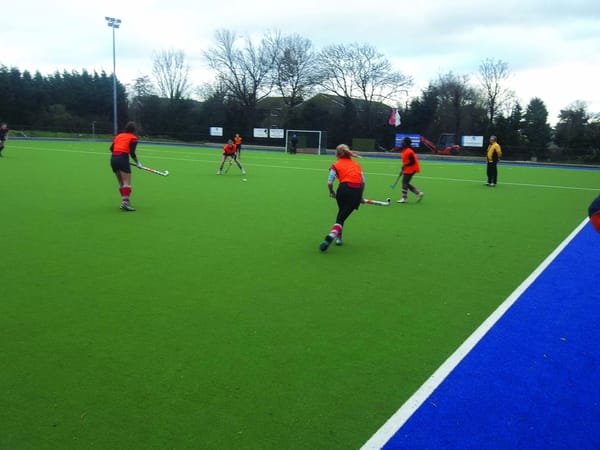ICU Dance salsa to success
Dont just skank says Alex Mason
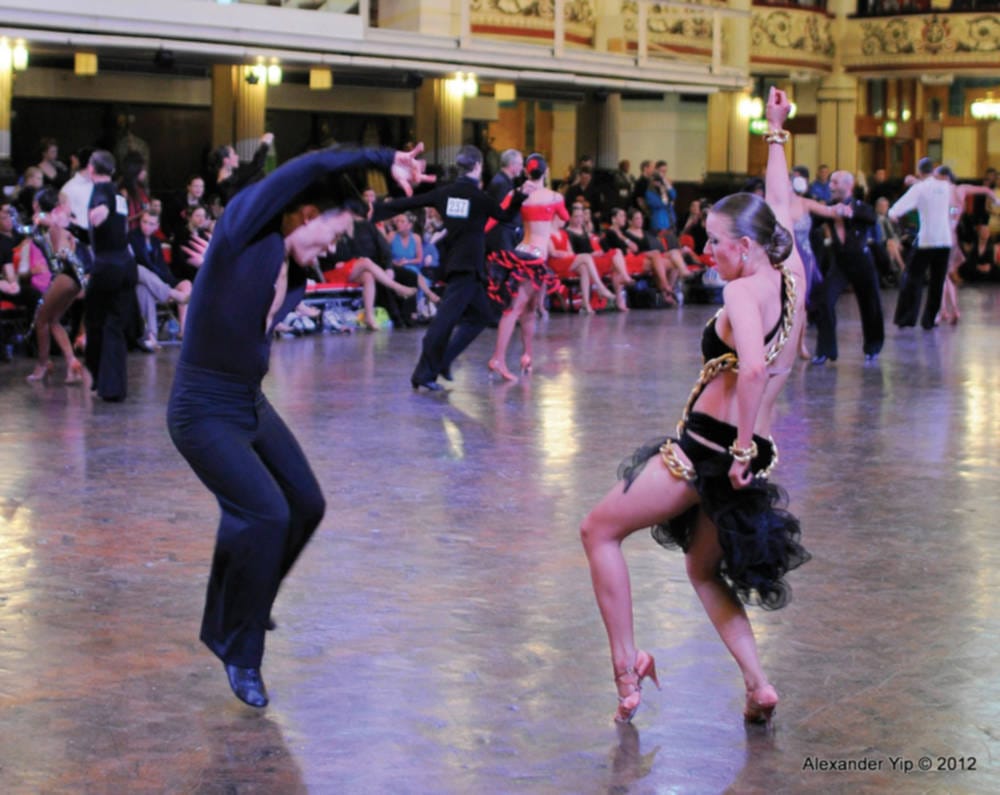
As the Imperial Dance team celebrate another success at Nottingham’s Varsity 2012, there’s no better time to learn
This is a little daunting for most people. It was most apparent to me when I attended a wedding recently in which the groomwas unable to lead his wife in a slow waltz. We seem to be approaching a situation in which the traditional, refined and tasteful style of impressing the punters with a quirky Quickstep, winning their hearts with an impassioned Argentine Tango, or setting the floor on fire with an energising Jive, have long been forgotten in the realm of the younger generations. Instead, many such functions these days are more oriented towards entertaining a rowdy bunch of party-seekers after a rave and a whiskey rather than a whisk and chassé. Have we just become lazy?
In times past, ballroom dancing was social dancing for the privileged; the lower classes were left with folk dancing. The modern waltz is derived from the Renaissance dance the Volta; it arrived in England in around 1812, and was met with great opposition due to the impropriety of the closed hold. In the early 20th Century there was a movement towards dances where couples moved independently, and many newly invented dances arose with the growing popularity of Jazz. Many of the well-known Latin dances originated in African and Central American regions but in 1910, a diverse assemblage of professional ballet teachers and musicians came together and standardised the curriculum used today. In modern competitions dancers are assessed on poise, frame and posture, musicality and expression, timing, body alignment and shape, floor craft, foot and leg action, and presentation. It is the product of dedication and a great deal of sometimes – in fact, often – painful training and conditioning. But it is surely worthwhile for the impression, the glamour, excitement and unpredictability. Ballroom, Latin and social dancing are a beautiful spectacle, but in modern times they seem not to enjoy the same popularity and appreciation they used to be met with in the younger generations. Despite this, in the UK there are currently around 30,000 people regularly competing at local, national or international level, from amateur to professional, of which around 14,000 of these are in the university circle. Of course, these figures have greatly proliferated since around 2004 with the advent of Strictly Come Dancing. Competition between universities has been manifest in the UK for over 40 years. In the 1960’s, a dance teacher from the society at the University of Manchester thought it would be better if his students were able to compete against those from other universities, in the knowledge that many other universities in the UK also had teams. In this way, the modern inter-university competition was formed as it exists today, and is still gaining momentum, as one of the most successful and recognised competition series in any discipline undertaken by university students.
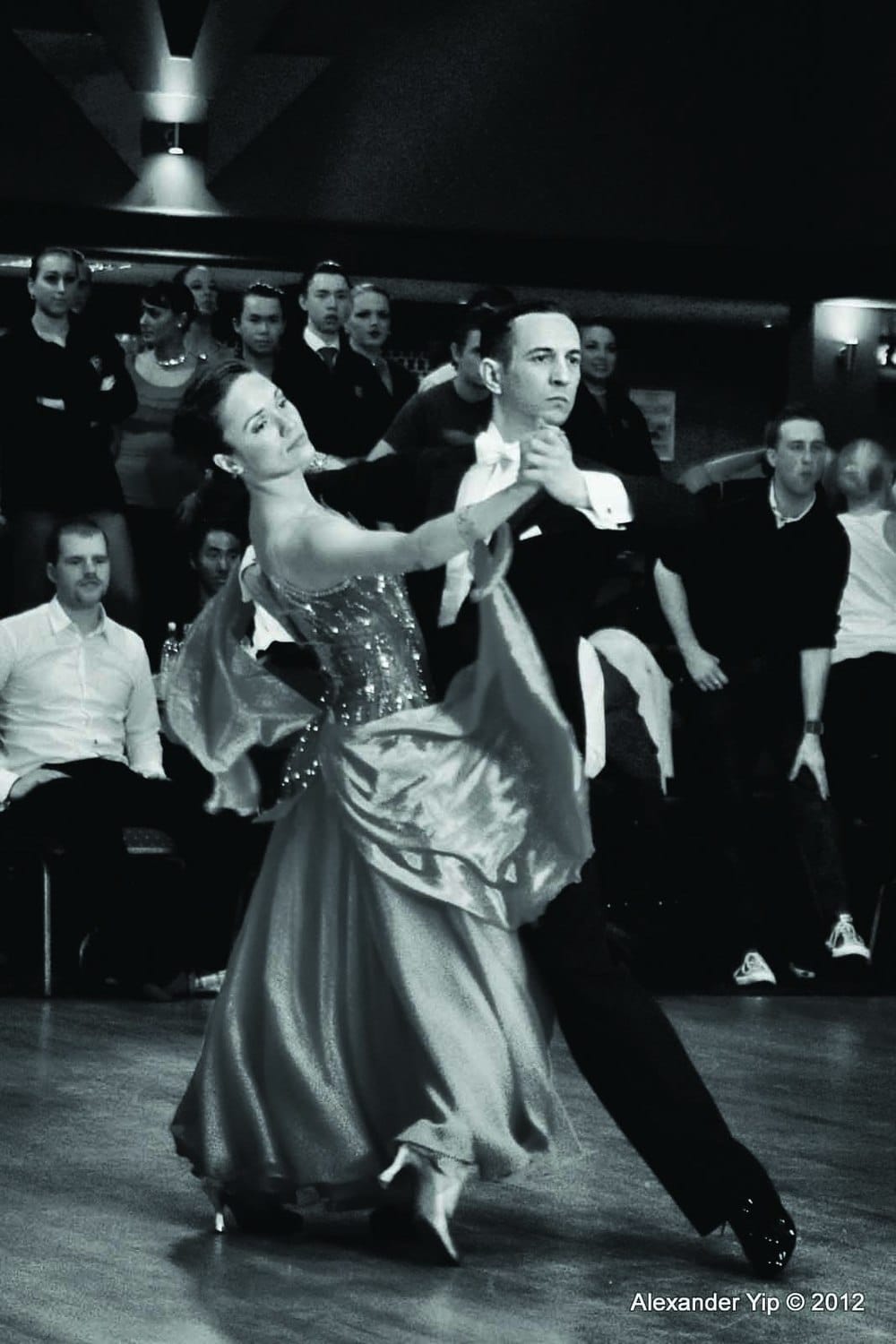
The ICU Dance Society is historically the largest and one of the most prestigious and well-endowed societies at Imperial, currently with over 200 members competing regularly or just dancing for leisure. It is also one of the most active. Those new to Ballroom and Latin dancing can join the beginners’ team, which enters five competitions throughout the year, including three regional events, and the Southern University and Inter-Varsity Dance Competitions (SUDA and IVDA), the latter taking place at the magnificent and prestigious Blackpool Winter Gardens Ballroom, an internationally renowned venue which has held everything from political conferences to pop concerts. ICU Dance has a reputation for producing top quality dancers, many of whom go on to dance professionally, and coach new, up-coming talent. One such example is Arman Sahovic, who with his partner Maria Naumchenko won the national championships in ballroom twice and in Latin once, and ranked in the top 100 according to the Blackpool rankings (the most famous in the world). The outstanding level of talent, performance and activity within ICU Dance also attracts the very best in external professional coaching, with internationally reputed teachers such as Elena Plescenco, who was eight times Portuguese National champion, and is currently ranked in the top 48 in Latin, and Snow Draper, who reached the semi-final of the Blackpool championships in ballroom and was ranked in the top 10 in the world. With this level of instruction and coaching, it is unsurprising that this year’s team captain won every competition she entered at intermediate level in the 2011-12 season, and this year is competing in the Ex-Student advanced level category; or that a former Imperial beginners’ couple, Natasha and Stefano reached the top 24 in the Blackpool ballroom rankings; or indeed that historically the Imperial beginners team has been the most successful at the competitions since the 1990’s, with three couples qualifying for the Latinfinal and two for the ballroom final at this year’s Nottingham Varsity Ball competition on 24th November. On average a beginners’ team couple from Imperial will win at least three of the five competitions entered every three years. Continued success is promoted beyond university as well, with the Imperial College Dance Alumni Association (ICDAA).
Dance Society is not only about Ballroom and Latin however. Dancers are coached in social dancers such as Salsa, Swing and Argentine Tango, regularly perform in major showcases including Mega Maalai and East Meets West, and even participate in classic external events such as Céilidh at Burns Night. Laith, the Salsa instructor, was twice the British National Salsa champion in the period 2004-06. There are also enchanting socials including the Winter Ball and Spring Ball in which there are live bands and top professional performer demonstrations. The annual “Imperial Come Dancing” competition is hosted – in which professors and senior Union staff from across Imperial team up with couples from the ICU Dance team, and are taught how to dance, and a host of other mind-blowingly glamorous black tie events all accompanied by dedicated semi-professional photographers to capture those key moments, take place throughout the calendar.
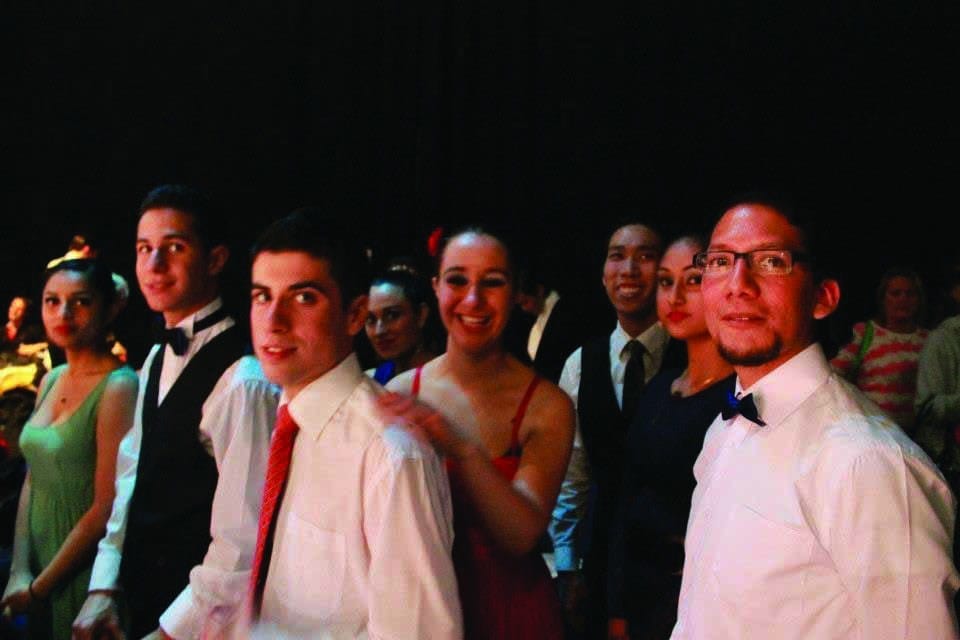
As a university team, overall Imperial averages around third in the national competitions, only to Oxford and Cambridge. No other institution comes close; but is it not time to prove to Oxbridge that we are better than they? So, instead of just watching a bunch of blundering inelegant thrill-seekers on Strictly and pretending to be impressed because your parents are watching, isn’t it time to dust of the shiny black shoes, fasten the cufflinks and blitz that dance floor?


